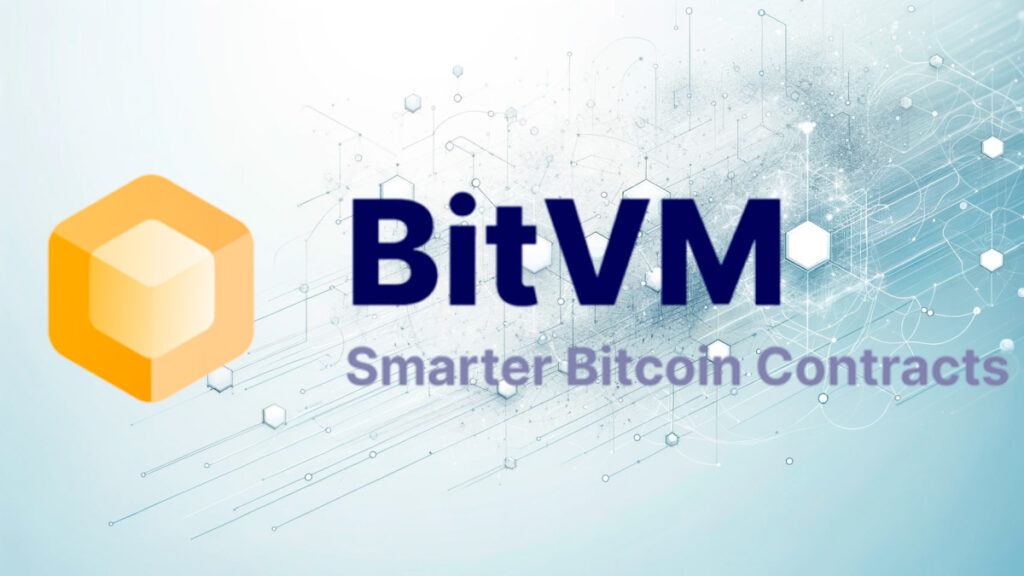TL;DR
- BitVM2 Enhancements: The new BitVM2 framework significantly reduces the number of transactions needed for verification from 70 to just 3, making Bitcoin transactions more efficient and programmable.
- Permissionless Challenging: The updated version introduces “permissionless challenging,” allowing anyone to contest suspicious transactions, enhancing security and transparency.
- Decentralized Governance: BitVM2 doesn’t require changes to Bitcoin’s underlying code, aligning with Bitcoin’s decentralized governance. This innovation could enable faster, cheaper transactions.
The release of the “BitVM” framework last October sparked a surge of initiatives focused on developing layer-2 networks and protocols that leverage the security of the oldest and most established blockchain. The newest iteration, BitVM2, enhances efficiency and addresses significant limitations.
BitVM2 and BitVM Bridge: TLDR
Today we released the BitVM2 tech and bridge paper!
Huge thanks to brilliant @robin_linus @lukas_aumayr Andrea Pelosi @zetavar1 @matteo_maffeiTLDR:
– BitVM2 is a major improvement over previous BitVM versions.
– BitVM Bridge is now the most… pic.twitter.com/KeNdjSCTwA— Alexei Zamyatin | Hiring (@alexeiZamyatin) August 15, 2024
Robin Linus, the Bitcoin developer who made waves in the crypto technology scene last year with his innovative approach to enhancing the programmability of the original blockchain, has now released a new version known as “BitVM2.” This new version boasts dramatic improvements that could bring the concept closer to real-world implementation.
BitVM2’s Technical Enhancements
The fundamental concept revolves around employing cryptography to condense programs into smaller sub-programs, which can subsequently be executed within Bitcoin transactions, as outlined in a white paper released on Thursday by Linus and five collaborators.
The programs are then “verified” in three on-chain transactions, a significant reduction from the previous version, which could take upwards of 70 transactions.
Permissionless Challenging

One of the major enhancements in the latest version is the addition of “permissionless challenging.” Unlike the original BitVM, where only a select group of operators had the authority to raise challenges, the new system allows anyone to contest a questionable transaction, significantly boosting both security and transparency.
Linus is a core contributor at ZeroSync Association, a Swiss non-profit organization based in the canton of Zug. The other co-authors besides Zamyatin included Lukas Aumayr, Andrea Pelosi, Zeta Avarikioti, and Matteo Maffei. This collaborative effort has been hailed as a breakthrough partly because it doesn’t require any changes to the underlying Bitcoin code.
Decentralized Governance
Bitcoin’s fully decentralized governance means there isn’t a guiding foundation or governing body, unlike Ethereum or Solana. Even modest proposals like OP_CAT have faced difficulty getting adopted due to the need for nearly total consensus among Bitcoin maintainers.
The initial application of BitVM2 would be to enable a “rollup” – a separate auxiliary network atop Bitcoin that could handle faster and cheaper transactions with similar security guarantees.
Linus’s initial design release has sparked a passionate wave of interest in Bitcoin-related building projects. By July, there are already over 83 layer-2 initiatives underway, featuring innovations like rollups and sidechains.
BitVM2 represents a significant step forward in making Bitcoin more programmable and efficient, potentially paving the way for a new era of blockchain innovation.










